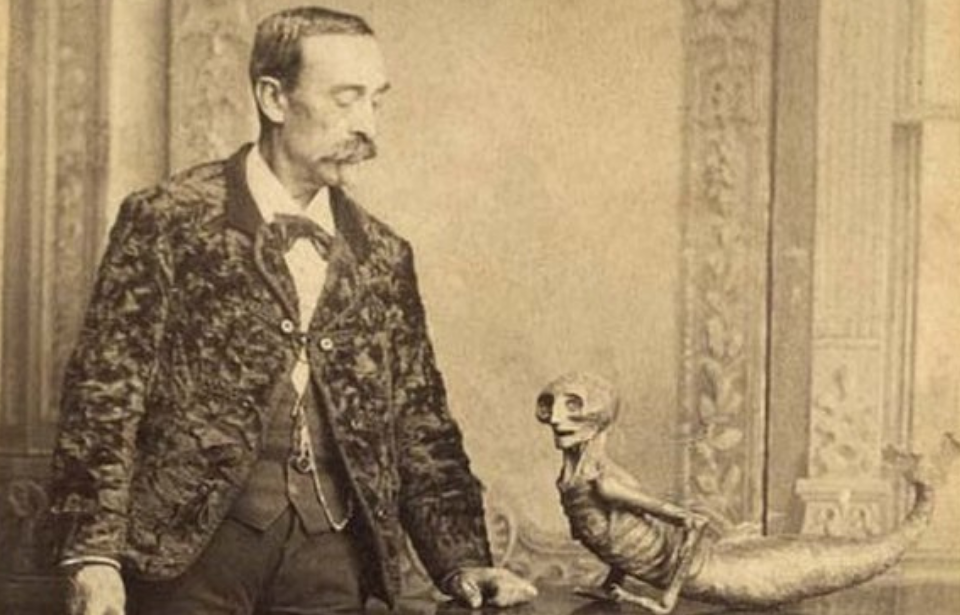We all like a joke now and then, and over the years there have been some masterful hoaxes perpetrated by those who wanted to get rich, in an effort to satirize society, or because the news was otherwise too bleak.
From Hitler’s diaries to a cobbler’s daughter who turned herself into a princess, here are seven of history’s greatest hoaxes.
Pierre Brassau – a monkey artist
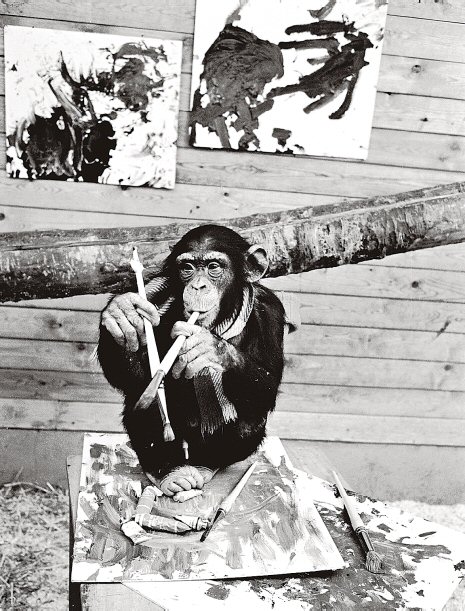
The case of Pierre Brassau evolved out of a desire to put art critics to the test. In 1964, Swedish journalist Åke “Dacke” Axelsson decided to see whether or not he could convince a bunch of critics that paintings created by a chimpanzee were avant-garde modern art.
He approached the keeper of chimpanzees at a local zoo and persuaded them to give Peter the chimpanzee paper, brushes, and paints. Axelsson chose the best pieces and exhibited them at a gallery alongside other artists. He claimed they were by a previously unknown artist called Pierre Brassau.
While one critic was insightful enough to comment that “only an ape could have done this,” other critics were completely fooled. Rolf Anderberg, who worked for the Göteborgs-Posten newspaper, described the artist as having “the delicacy of a ballet dancer.”
The Bathtub – don’t believe everything you read
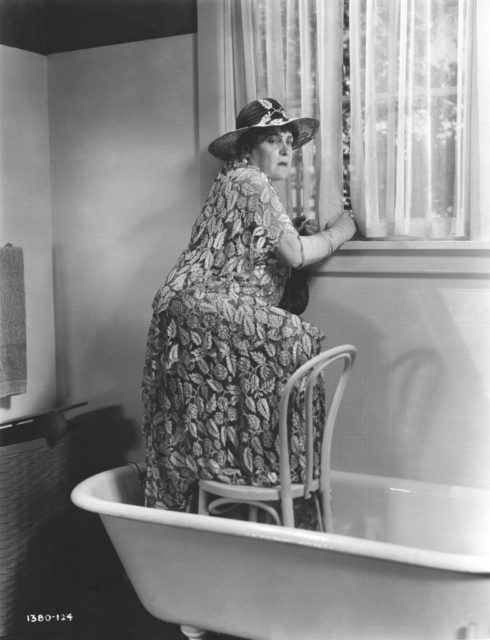
On December 28, 1917, the New York Evening Mail published an article by H. L. Mencken that bemoaned how the 75th anniversary of the first American bathtub had gone unnoticed the week before.
Entitled “A Neglected Anniversary,” Mencken went into great detail about how Adam Thompson, visiting England from Cincinnati, was amazed by the bathtub invented by Lord John Russell in 1828. Upon returning to the United States on December 20, 1842, he took the first-ever American bath.
Mencken explains how there was great resistance at first because doctors declared taking baths to be dangerous while others claimed it was an expensive luxury. He alleged that when Millard Fillmore had one installed in the White House, any opposition to the idea died away.
In 1949, Mencken elaborated on why he’d written such an article and how amazed he was that it continued to be quoted long after he’d revealed it was entirely false:
“The success of this idle hoax, done in time of war, when more serious writing was impossible, vastly astonished me… Scarcely a month goes by that I do not find the substance of it reprinted, not as foolishness but as fact.”
The Masked Marauders – and they say a white boy can’t sing the blues!

This spoof dreamed up by Rolling Stone magazine in 1969 proved so successful that the hoaxers added a second element later on.
In an effort to satirize the “supergroup” trend of the time, Rolling Stone magazine editor Greil Marcus reviewed an entirely made-up album called The Masked Marauders. The imaginary group consisted of Bob Dylan, Mick Jagger, George Harrison, John Lennon, and Paul McCartney.
The article didn’t take itself too seriously, with jokes like “Dylan shines on Side Three, displaying his new deep bass voice” and has Paul McCartney compared to Eddie Fisher with the phrase “And they say a white boy can’t sing the blues!”
However, people were taken in by the review and started asking for copies of the album. Faced with such requests, Marcus and another editor got a little-known band called the Cleanliness and Godliness Skiffle Band to make the album, which they sold to Warner Bros.
The Fiji mermaid – a classic
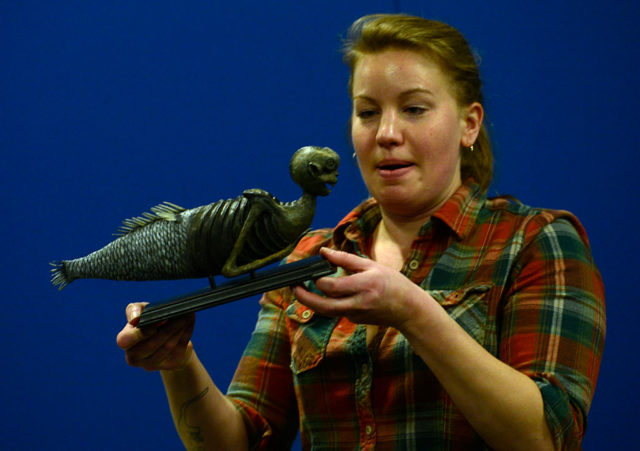
No list of hoaxes is complete without the most famous hoax of all perpetrated by P.T. Barnum. Also referred to as the Feejee mermaid, this mummified creature was actually the head and torso of a small monkey sewn to the tail of a fish.
By all accounts, it was a frightful-looking thing. Even in his autobiography, Barnum did not sing its praises, describing it as “an ugly dried-up, black-looking diminutive specimen.”
When Moses Kimball of Boston Museum brought the creature to Barnum in 1842, Barnum had a naturalist examine it. When the naturalist claimed he could not claim the specimen was authentic, Barnum decided to show it anyway.
Getting his associate Levi Lyman to pose as “Dr. J. Griffin,” Barnum boosted publicity by writing anonymous letters to the newspapers about this amazing find. He also had Lyman book into a Philadelphia hotel and show the creature to the curious landlord, who invited various friends (including newspaper editors) to come and see it.
Sadly, the original specimen was lost in a fire, but there have been various replicas made since then.
Cedric Allingham – from the mind of Patrick Moore

Why waste time making up imaginary creatures when you could make up a whole person?
In 1954, the book Flying Saucer from Mars took the world by storm. The author, Cedric Allingham, claimed to have communicated with an alien after encountering a UFO near Lossiemouth, Scotland.
UFOlogists all over Britain made a considerable effort to track him down, but he was surprisingly elusive. His publishers, when contacted, said that he was in Switzerland receiving medical treatment.
One person who claimed to have met him was Lord Dowding, the former Chief Marshal of the RAF during WWII. Dowding invited Allingham to give a lecture to the local Flying Saucer Club, saying afterward: “we were all strongly impressed that he was telling the truth about his actual experiences.”
Eventually, in 1986, research in the journal Magonia pointed out the similarities in writing style between Allingham and astronomer Patrick Moore. The researchers had contacted Moore’s friend, Peter Davies, who said that he’d written co-authored the book and had appeared at Dowding’s event in a false mustache.
Although Davies wouldn’t reveal the name of the other author, many thought it was Moore. While the astronomer denied any involvement, it was pointed out that the only picture of Allingham shows him standing next to a telescope – one very similar to the type Moore owns – in a garden that looks remarkably like Moore’s.
Princess Caraboo – actually a cobbler’s daughter
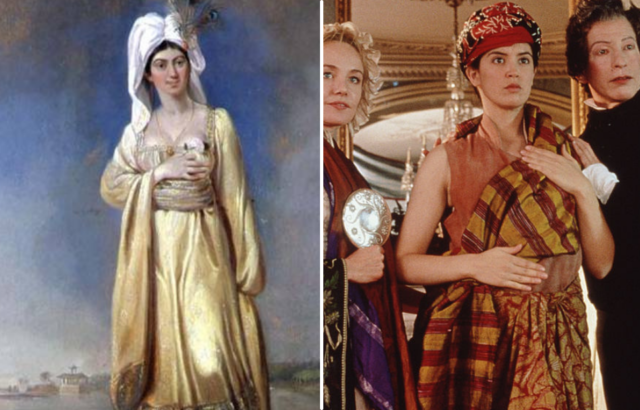
When a young woman in strange clothing speaking an incomprehensible language was found wandering a town in Gloucestershire, England, she was sent to Bristol to be tried for vagrancy.
However, a Portuguese sailor was able to translate her words and informed everyone she was Princess Caraboo. She had been captured by pirates but had jumped overboard and swum to England.
For ten weeks, she was the guest of Samuel Worrall and his wife, and many notable local people went to see her. Princess Caraboo’s picture and story appeared in newspapers everywhere – a fact that was to be her undoing.
Mrs. Neale, a boarding-house keeper, noticed Caraboo’s picture in the Bristol Journal and informed the Worralls that she was actually Mary Willcocks, a cobbler’s daughter who had worked as a servant but then found herself unemployed and wandering the country.
Although Mary traveled to America to exhibit herself as Princess Caraboo, she had little success. Upon returning to England, she again failed to arouse interest with her act and ended up selling leeches to the Bristol Infirmary Hospital.
More from us: The Mysterious Disappearance of Agatha Christie: Amnesia or Hoax?
A 1994 biopic, Princess Caraboo, featured actress Phoebe Cates in the title role. It also starred Kevin Kline, John Lithgow, Jerry Hall, and more.
